Note: You are viewing the basic version of this site due to a browser incompatibility . For a better experience, upgrade to a modern browser. Below is a list of all articles for this project, however it is not layed out as intended.

A 2-year project involving the development of textile-based modules and interfaces for the control and synthesis of music during performance. A textile instrument provides a natural link between action and sound, enabling alternative compositions and improvisations impossible with traditional instruments. Click the icons to the right to view videos and images from the project.
This was a collaboration with Jeannine Han of the Swedish School of Textiles.
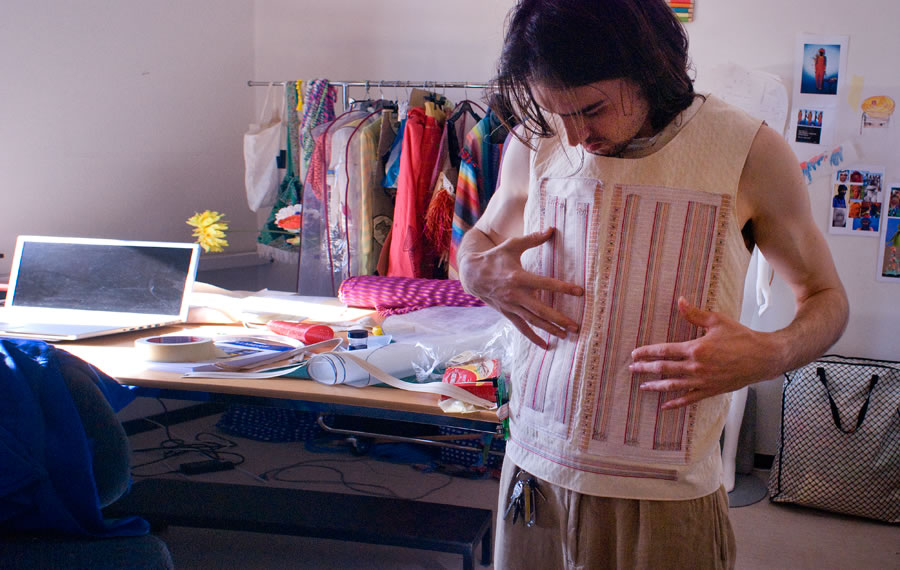

2 years were spent researching textile and sound cooperations. The video above is an attempt at covering those two years in four minutes; from experiment to product.

Developing flexible textiles that worked well with electronics was the most challenging aspect of the project. Pictured above is a custom weave designed to serve as both a signal bus and a sensing element.
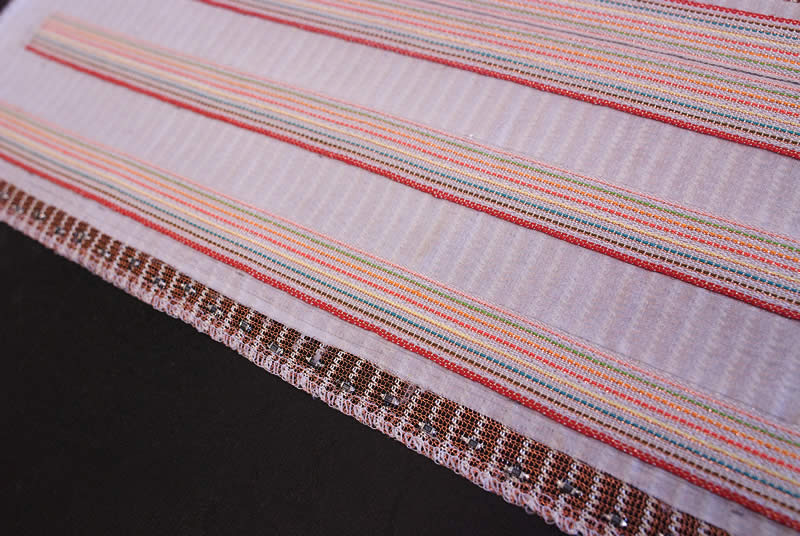

First version of a PCB designed for Electric Ribbon. This circuit contains a microcontroller with custom firmware, wireless capabilities for communicating sensor data, and a capacitive sensing system that connects to the sensors embedded in the textile.
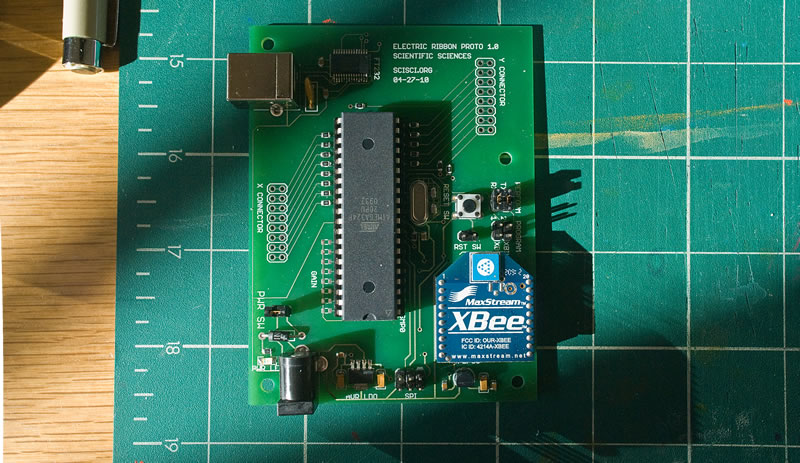

A custom Max external was written in C for the Electric Ribbon Device which allowed data to be read wirelessly and converted into a scale or range of notes. It could then be relayed to composition software or used to synthesize audio on the spot. Several companion applications for configuring devices were also developed on Mac OSX.
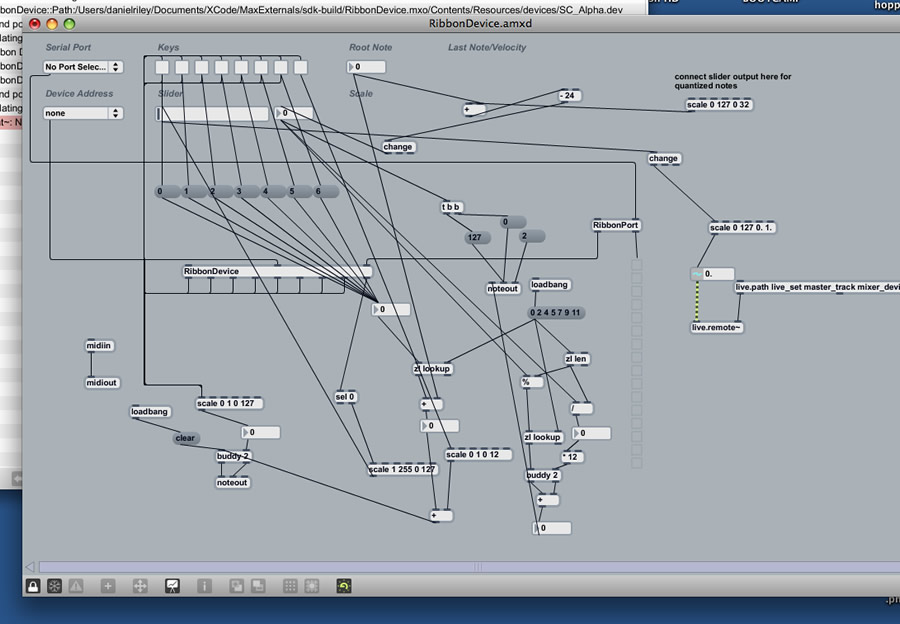

Pictured above is one of the early prototypes for a vest that has multiple control sensors on the chest. Sensors could be configured like piano keys, or be triggered by more emotive brushing strokes.
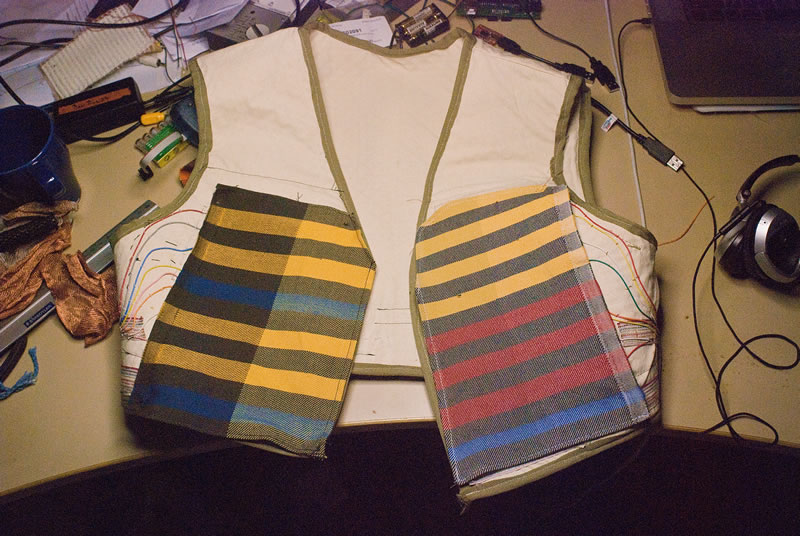

The costumes used in the first set of performances. The sensors were designed to be embeddable in any type of textile so all of the costumes could be fitted with capacitive sensors forming a true band.
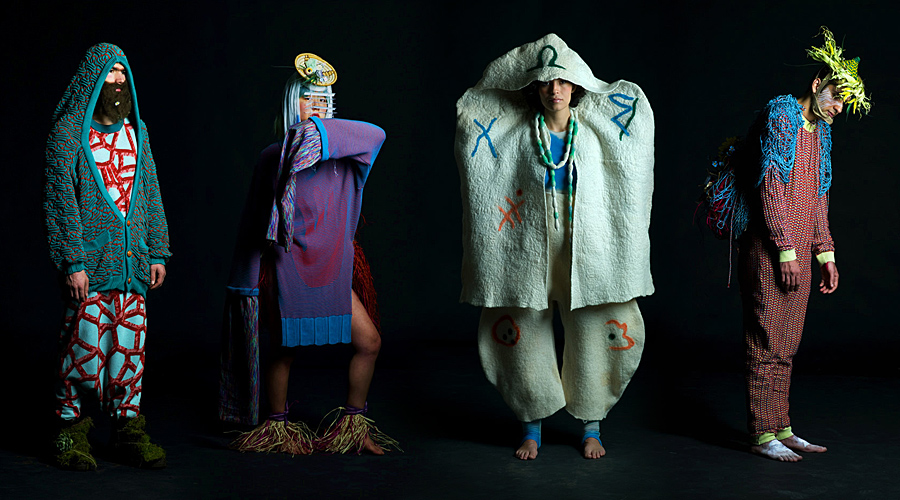

A video announcing our exhibition at the Nordic Museum in Stockholm. Visitors could control the sounds of the space by executing various gestures in front of the costume.

A very simplified version of the product design: Embedded sensors and microcontroller detect hand motions using the conductive threads of the material. This data is interpretted wirelessly elsewhere to create a a response to the command.
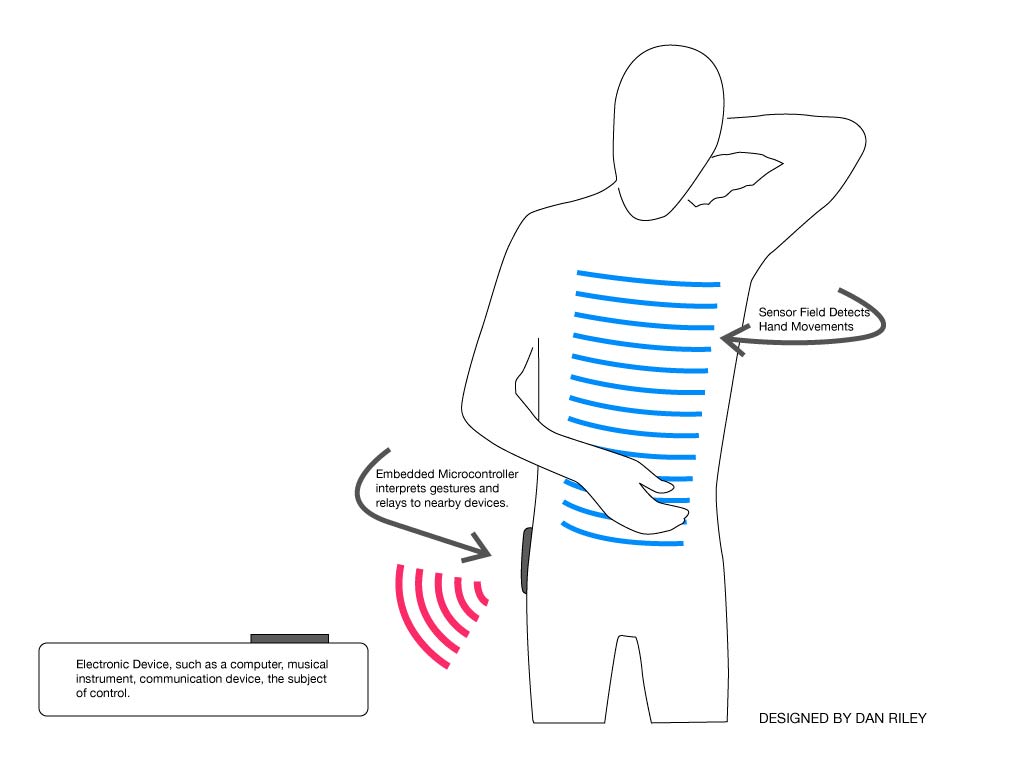

Video (6 min). This video is documentation of a performance from January of 2011 in Boras Sweden. The code for the Dream Room 1 projections was combined with the Electric Ribbon project to enhance the visual audio experience. Also an all-analog touch-sensitive costume was created for improvisation (seen left).